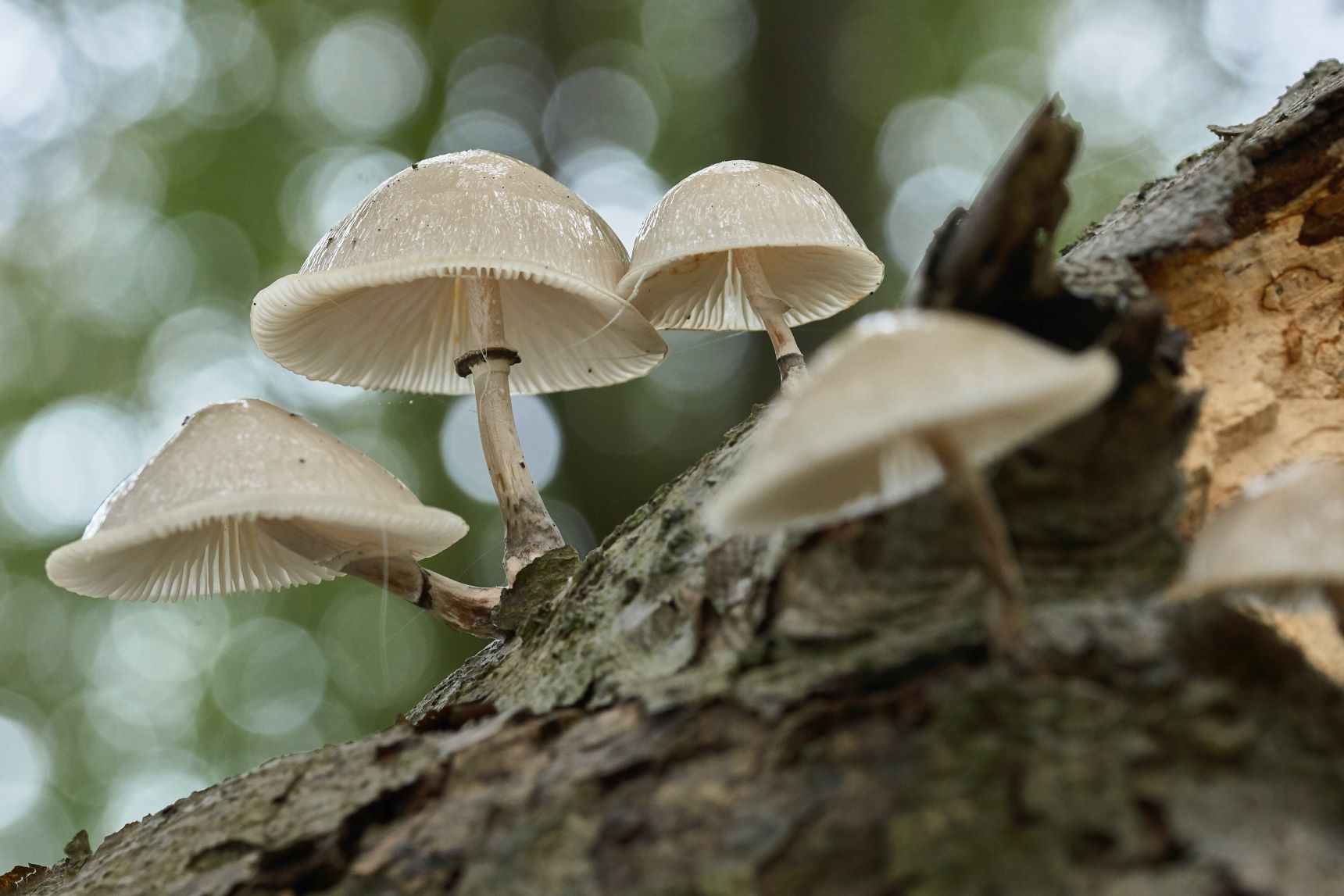Hallucinogenic mushrooms, also known as magic mushrooms, magic mushrooms, magic truffles or hallucinogenic truffles and with the scientific name Psilocybe , have captured the interest of society and those curious about natural substances in recent times. Not only for its psychoactive properties, but also for its growing popularity in some environments, such as mystical communities or more earthly circles such as Silicon Valley executives . These magic mushrooms contain psilocybin, a chemical compound that, when decomposed, becomes psilocin, which causes its hallucinogenic effects. Additionally, psilocin is also used in anti-depression drug research. Preliminary studies have shown promising results in this area, but more research is still required to fully understand its effectiveness and safety.
We break down the magic truffle trend, its history, uses, benefits and risks.
Where do hallucinogenic mushrooms come from?
Magic mushrooms have a history dating back millennia, used in religious and spiritual rituals by ancient civilizations. In Mesoamerica, civilizations like the Aztecs called them "flesh of the gods" . In the 20th century, the rediscovery of these mushrooms by mycologist R. Gordon Wasson in Mexico and the subsequent identification of their psychoactive components by Albert Hofmann, who also synthesized LSD, catapulted their popularity in the countercultural movement of the 1960s and 70. This fame of the psychedelic trip resulted in increased scrutiny of hallucinogenic mushrooms and their eventual banning in many countries.
Magic mushrooms grow naturally in a wide variety of climates and regions around the world. They prefer humid environments and develop in soils rich in organic matter, such as forests and areas with decomposing material. There is a wide variety of truffles and their geographical distribution ranges from North and South America to Europe, Asia and Australia. Species such as Psilocybe semilanceata are common in Europe, while Psilocybe cubensis is more commonly found in tropical and subtropical regions. The cultivation of truffles can also be carried out by man in indoor environments, meeting specific conditions of humidity, temperature and light. Magic truffle growing kits are called mushroom breads. The cultivation of mushrooms is illegal in Spain, unless it is proven that they will be used for personal use in a private place.
Why hallucinogenic truffles have become fashionable in Spain
Hallucinogenic truffles have gained popularity in Spain due to a combination of cultural, legal and scientific interest factors. Culturally, there is a growing curiosity and openness toward psychedelic experiences, influenced in part by the global movement to reconsider natural psychoactive substances. Although their sale and distribution is not legal in Spain, the possession of hallucinogenic mushrooms is not penalized in the same way as other substances, which has contributed to their growing recreational use. Furthermore, scientific interest in its potential therapeutic applications, as we have already mentioned above, has captured the attention of the media and the public.
Not everything natural is harmless: side effects of magic truffle
It is important to highlight that in the vast world of natural substances it is necessary to exercise caution and caution in the face of the boom of any new ingredient. In the case of magic truffles, their effects vary significantly depending on the dose, the context and the psychology of the user. It is true that they can cause psychedelic effects, such as altered sensory experiences, changes in the perception of time and space, and in some cases, deep introspection. But they also trigger adverse reactions in some individuals, such as anxiety, panic, disconcerting visual effects or hallucinations, or disorientation. The psychedelic experience escapes any control, with high doses and low doses, so the recreational consumption of magic truffles carries legal and health risks. Adverse effects, psychoactive effects.
Non-hallucinogenic mushrooms: powder, tea or tincture
Along with magic truffles, we find other mushrooms that are not magic… but almost. And there is also a wide spectrum of mushrooms without psychedelic substances with extraordinary properties. These mushrooms, often labeled as superfoods, show great potential to improve the way we eat. Among them, shiitake, reishi and maitake stand out in the kitchen for their richness in flavor, texture and nutritional benefits.
In addition, it is possible to find interesting mushroom preparations in nutrition or holistic health stores, such as extracts (bioactive compounds concentrated in powder or capsules popular as dietary supplements), teas with calming and antioxidant properties (reishi, chaga or cordyceps), mushroom powders (obtained from drying and grinding mushrooms, to incorporate into the daily diet) and mushroom tinctures (highly absorbed concentrated liquids to add to drinks).
In short, the world of mushrooms is wide, deep and mysterious, in the image and likeness of that forest full of mushrooms that David the Gnome inhabited . Each mushroom keeps a story, and many of them are yet to be discovered.
